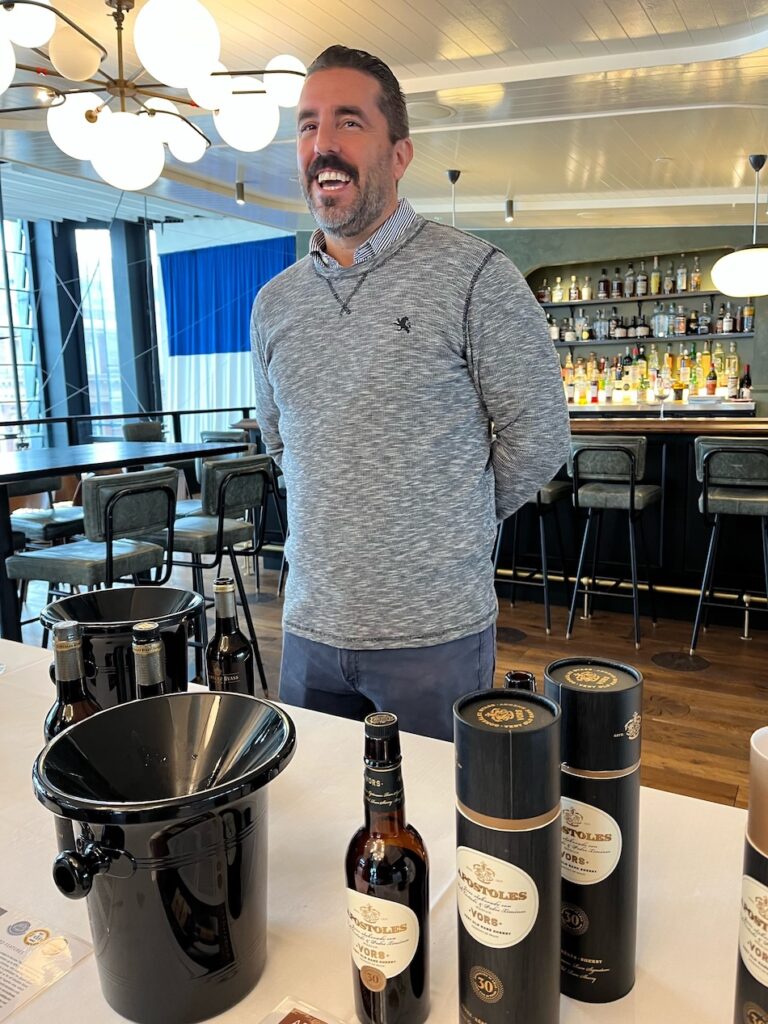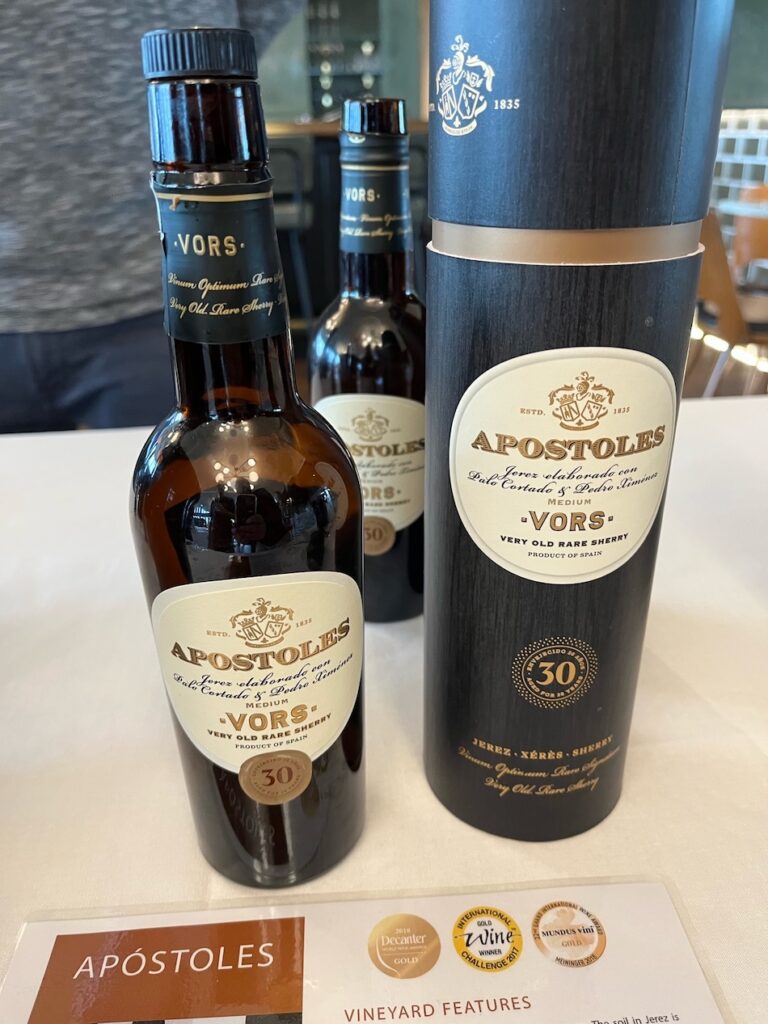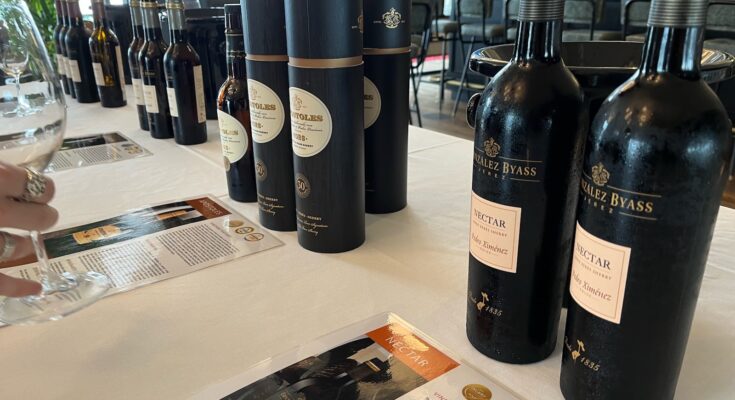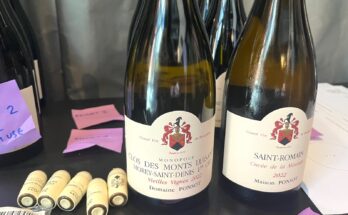Thanks to distributor Negociants, last Friday afternoon was another opportunity to look at a range of sherry – after a tasting a month ago where I went through some different styles – https://winefolio.co.nz/?p=7596.
This afternoon was a focus on one producer – Gonzalez Byass – and a taste from a few bottles, introduced by their Ambassador Xavier Vicente. It is invaluable to have an expert on hand to identify the nuances between styles, age and methods of production, as something like sherry can be a bit of a mystery to those who haven’t had the differences explained – with terms like solera, flor and rancio, as well as a string of naming conventions that can be confusing, and tricky to pronounce. The type of thing that can easily put off the consumer and come across as wine geekery.
Age is another thing that sets something like fortified wine such as sherry apart. When you see age references on labels that can be ’12 year old’, ’30 year old’ and even bigger numbers, then it can be either impressive or daunting depend on your point of view. And why would a 30-year old wine cost $65 in a shop, when a 30-year old whisky could cost over $1000? A 12-year old wine would probably need drinking now, but a Palo Cortado sherry might last for a lifetime, as it has already been exposed to oxidation during its creation. See? What? What does that mean?? It’s like a door has to be opened in order for you to peek in and start to understand what is going on inside.

Starting with a beautiful Tio Pepe Fino which is a style of wine I just adore. Light, fresh, young and blisteringly dry. A piercing, salty acidity that is salivating and yearns for a great food match – even just a bowl of almonds of green olives. It has a yeasty, pastry note on the nose with roasted nuts and green apple. From a four year solera – this is from the first pressing of the native Palomino grapes.
The next wine I try is an Amontillado, which is effectively an aged version of that first Fino sherry. This however has another 25 years of age! Del Duque Amontillado. Now this is a wonderfully complex wine, chock full of juxtapositions, hidden layers that will suddenly pop open, and quite a bit of punch and power in the palate. Look for flavours of mulberry, walnut and apricot, but also the smell of antique furniture – leather, mahogany, varnish. The finish is wonderful – slightly bitter, edgy and herbal.
The first sherry that I taste that comes from the second press of the grapes, is Gonzales Byass Alfonso Oloroso. Immediately showing more body and structure. This wine is from an eight-year solera and has no flor protection. Again, there are some crazily good and interesting flavours in this wine. Yes, there are some straightforward notes of vanilla, orange peel and grenadine – but bacon sandwich? Where does that come from? Hahaha.

The Leonor Palo Cortado is one of those 12-year old wines I mentioned earlier. Really nicely balanced with an easy-going stride and plenty of fruit. A delicious, dark and savoury mocha kicks in through the palate, but I’m drawn to seville marmalade as my overall identifying flavour here. It is also the kind of glass I could settle into an evening cigar with.
One of the more memorable sherries I’ve had in recent years was the Apostoles Palo Cortado. Labelled as a VORS which stands for Very Old Rare Sherry, it is a blend of separate 12-year old Palo Cortado and Pedro Ximénez wines, which are then blended in a solera created in 1862. Darker, with toasted walnut, rancio, membrillo, blood orange, apricot,dried pineapple and toffee flavours. It has a minerally super-dry finish, despite that fairly broad palate.
The last wine on taste is a straight Nectar Pedro Ximénez. Another 12-year old – thick, unctuous and dark in the glass, with a black, polished mahogany colour. Caramel, cloves, date, malt, buttered toast, fig and raisins on the nose. Stupendously sweet to taste, with a burnt butter, orange peel, cocoa and christmas cake edge on the palate. Another super value wine – I’ve often seen this for sale in shops at under $20.




